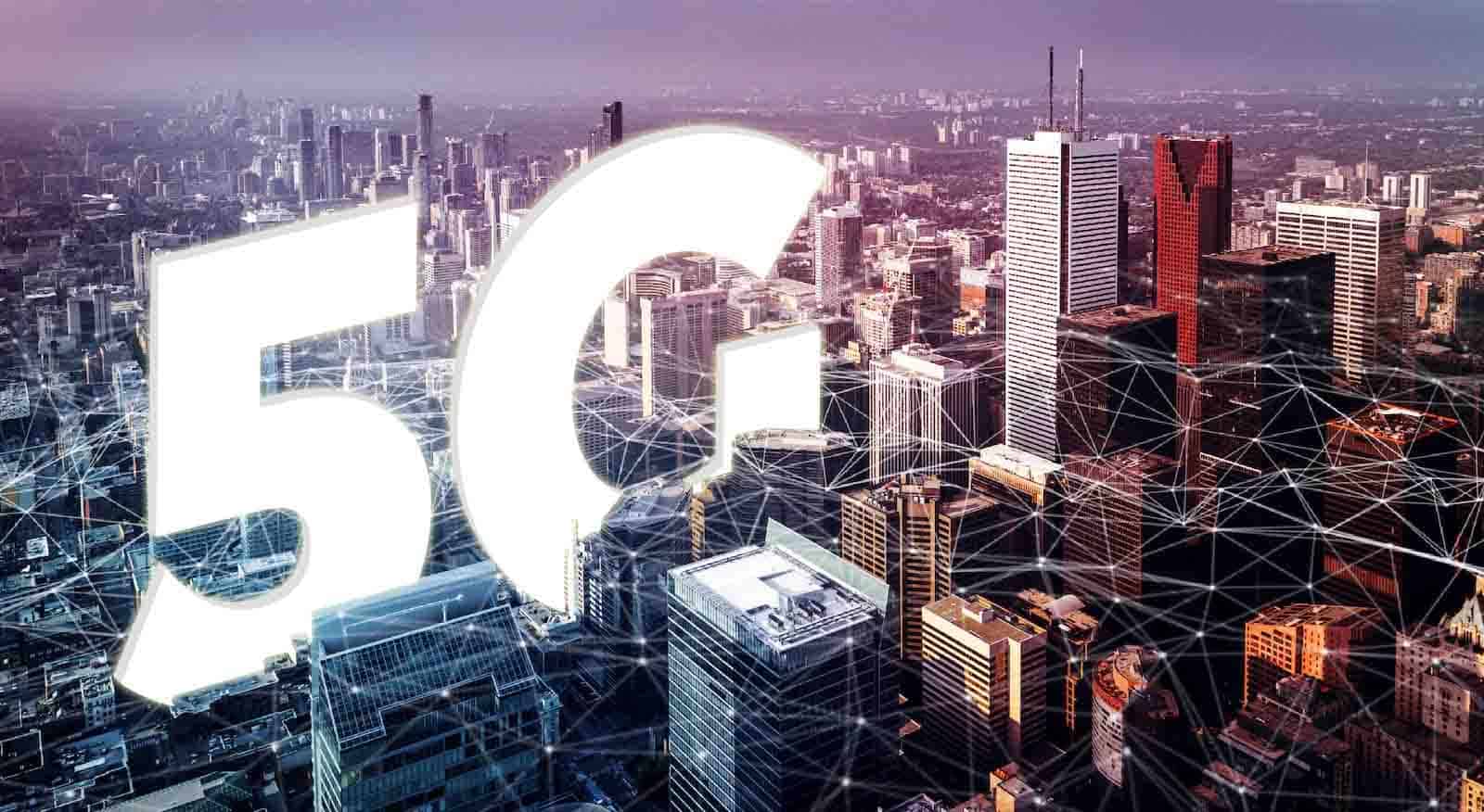5G+ (The fifth generation and beyond)


5G+ or the fifth generation and beyond is the next step in the evolution of mobile communication technology, which promises to provide faster data rates, lower latency, and more reliable connectivity. While 5G is still being rolled out in many parts of the world, work is already underway to develop the technologies that will power 5G+.
In this article, we will explore what 5G+ is, what technologies are being developed to enable it, and how it is expected to revolutionize mobile communication and enable new use cases and applications.
What is 5G+?
5G+ is the next step in the evolution of mobile communication technology beyond 5G. While 5G promises to provide significant improvements in data rates, latency, and connectivity, 5G+ is expected to build on these capabilities and enable new use cases and applications that are not possible with existing technology.
Some of the key features of 5G+ are expected to include:
- Faster data rates: 5G+ is expected to provide even faster data rates than 5G, with speeds of up to 100 Gbps.
- Lower latency: 5G+ is expected to further reduce latency, enabling real-time communication and low-latency applications such as autonomous vehicles and remote surgery.
- More reliable connectivity: 5G+ is expected to provide more reliable connectivity, with fewer dropped calls and better coverage in areas where existing technology struggles to provide a signal.
What technologies are being developed for 5G+?
Several key technologies are being developed to enable 5G+ and build on the capabilities of 5G. Some of the most important ones include:
- mmWave technology: Millimeter-wave (mmWave) technology is being developed to provide even higher data rates than the sub-6GHz frequencies used by 5G. MmWave frequencies are expected to provide speeds of up to 100 Gbps, enabling new use cases such as virtual and augmented reality and high-definition video streaming.
- Massive MIMO: Massive multiple-input and multiple-output (MIMO) technology is being developed to enable higher capacity and reliability in the network. Massive MIMO uses a large number of antennas to communicate with multiple devices simultaneously, enabling better coverage and capacity in crowded areas such as stadiums, airports, and train stations.
- Network slicing: Network slicing is a technology that enables the network to be partitioned into multiple virtual networks optimized for specific use cases and applications. Network slicing is expected to enable the development of new applications and services that require specific network characteristics such as low latency, high bandwidth, or high reliability.
- Edge computing: Edge computing is a technology that enables processing to be performed closer to the end device, reducing latency and improving the performance of low-latency applications such as autonomous vehicles and remote surgery.
- Artificial intelligence (AI): AI is being developed to enable the network to adapt and optimize itself for specific use cases and applications. AI is expected to play a critical role in the development of 5G+ by enabling the network to self-optimize and provide the required performance for each application.
What are the potential use cases and applications for 5G+?
The potential use cases and applications for 5G+ are wide-ranging and include both consumer and enterprise applications. Some of the most promising use cases and applications include:
- Autonomous vehicles: 5G+ is expected to enable real-time communication between vehicles and the network, enabling new capabilities such as platooning and real-time traffic optimization.
- Smart cities: 5G+ is expected to enable the development of smart cities, where connected devices and sensors are used to optimize traffic flow, reduce energy consumption, and improve public safety.
- Industry 4.0: 5G+ is expected to enable the development of Industry 4.0, where connected devices and sensors are used to enable real-time monitoring and optimization of industrial processes, improving productivity and reducing downtime.
- Healthcare: 5G+ is expected to enable the development of new healthcare applications and services, such as remote surgery and telemedicine, by providing low-latency, reliable connectivity.
- Virtual and augmented reality: 5G+ is expected to enable new use cases for virtual and augmented reality, such as high-definition video streaming and real-time communication between users.
- Gaming: 5G+ is expected to enable new capabilities for gaming, such as real-time multiplayer games and high-definition streaming.
Overall, 5G+ promises to revolutionize mobile communication technology and enable new use cases and applications that were previously not possible. While the technology is still being developed, it is clear that it will play a critical role in shaping the future of the digital economy and enabling new innovations and opportunities for businesses and consumers alike.
